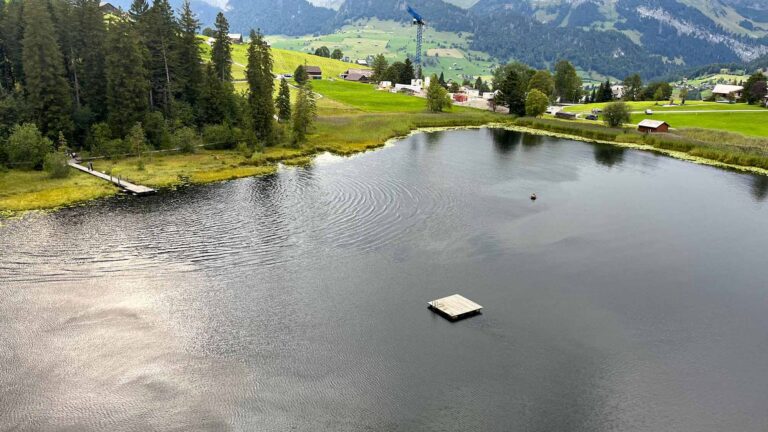A new species of dinosaur has been discovered near the Pyrenees and its fossilised remains have been deemed to be the most complete in Europe.
The excavation, which was overseen by the Catalan Institute of Palaeontology (ICP), uncovered a hitherto unknown species of dinosaur that lived in the Pyrenees mountain range, which forms the natural border between Spain and France, 70 million years ago.
The Latin name for the species is Abditosaurus kuehnei, and while excavations began in 2014, the experts’ findings have only been published now.

The ICP said in a statement obtained by Newsflash: “Abditosaurus kuehnei has been described from the most complete titanosaur skeleton discovered to date in Europe. It is a herbivorous dinosaur about 18 metres (59 feet) long and weighing about 14 tonnes.”
The research, led by Miquel Crusafont from the ICP in Barcelona and the Conca Della Museum, both in Spain’s Catalonia region, shows the newly discovered dinosaur to be the Titanosaur species with the most complete remains in Europe.
The remains, which were excavated at the Orcau-1 site in the county of Pallars Jussa in north-western Catalonia are believed to belong to the largest species of dinosaur to have graced the Iberian Peninsula and southern France.
The experts said that it is “the most complete semi-articulated skeleton of this group of herbivorous dinosaurs discovered to date in Europe”.
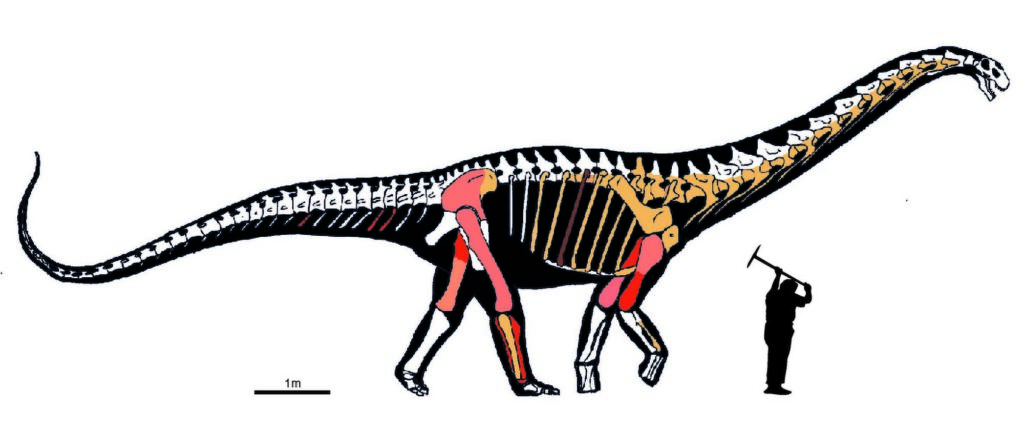
The researchers were surprised by the size of the specimen, with ICP palaeontologist Bernat Vila saying: “The titanosaurs we usually find in the Upper Cretaceous of Europe tend to be small or medium-sized as a result of having evolved in conditions of insularity.”
The ICP said: “During the Upper Cretaceous (between 83 and 66 million years ago), Europe was a vast archipelago of dozens of islands. The faunas that evolved there tend to be small or even dwarf forms due to the food limitation involved in living on an island.”
Vila added: “It is a recurring phenomenon in the history of life on Earth and we have many examples in the fossil record. That’s why we were surprised by the large size of this specimen.”
The experts said that the remains of the dinosaur were made up of several “vertebrae and ribs and bones from the limbs and pelvic and scapular belts, but especially a semi-articulated fragment of the neck consisting of 12 cervical vertebrae, some fused together”.

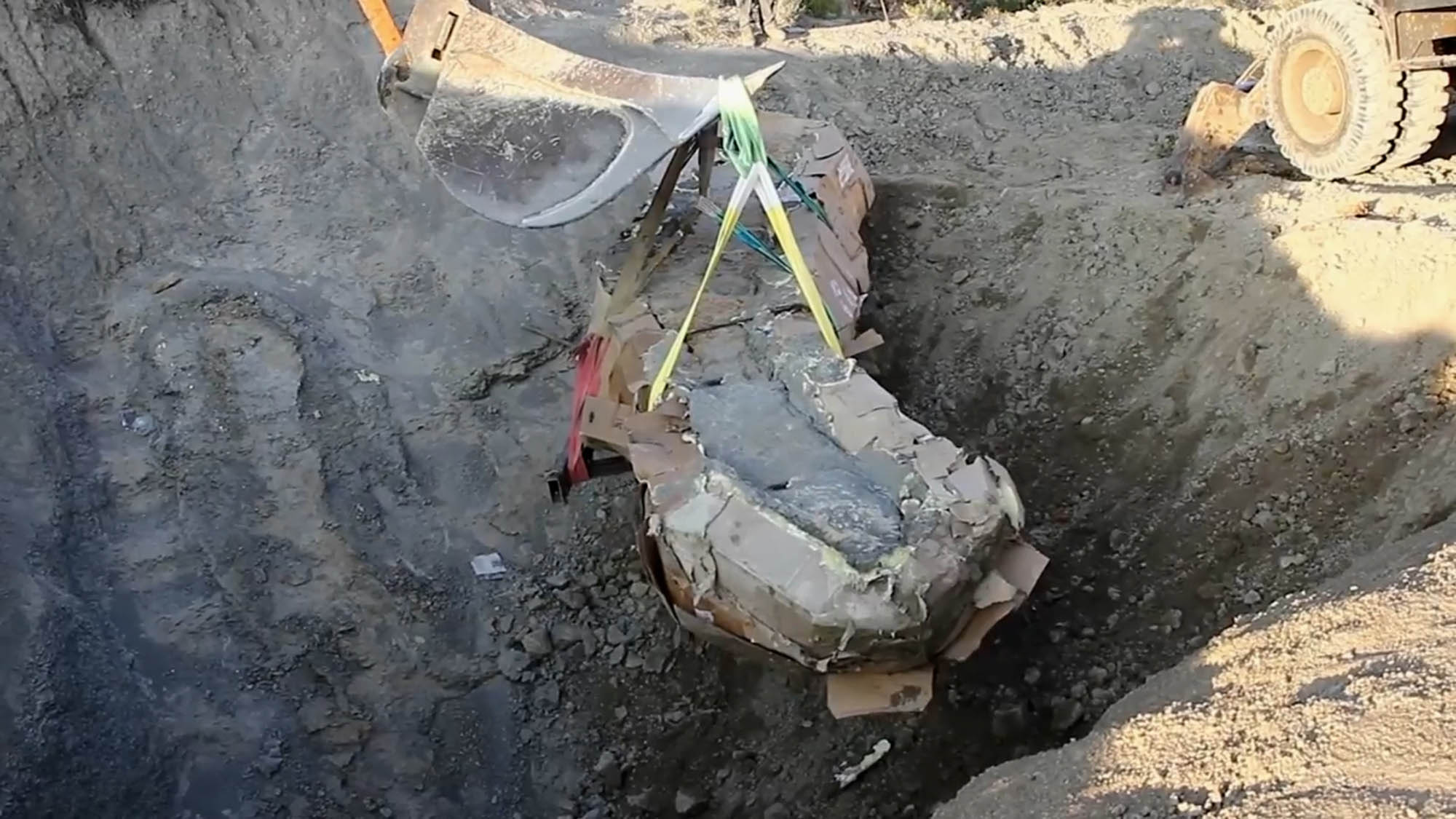
Angel Galobart, an ICP researcher and the Director of the Conca Della Museum, said: “We are rarely lucky enough to find such complete specimens.”
The expert said that they had discovered up to 53 different parts of the dinosaur skeleton over the course of numerous excavations. The renowned, late German palaeontologist Walter Kuehne oversaw the original excavation in 2014.
The experts said that the remains would be put on show at the new Conca Della Museum, which is set to open its doors in the first quarter of this year.
The findings were published in the academic journal Nature Ecology & Evolution.
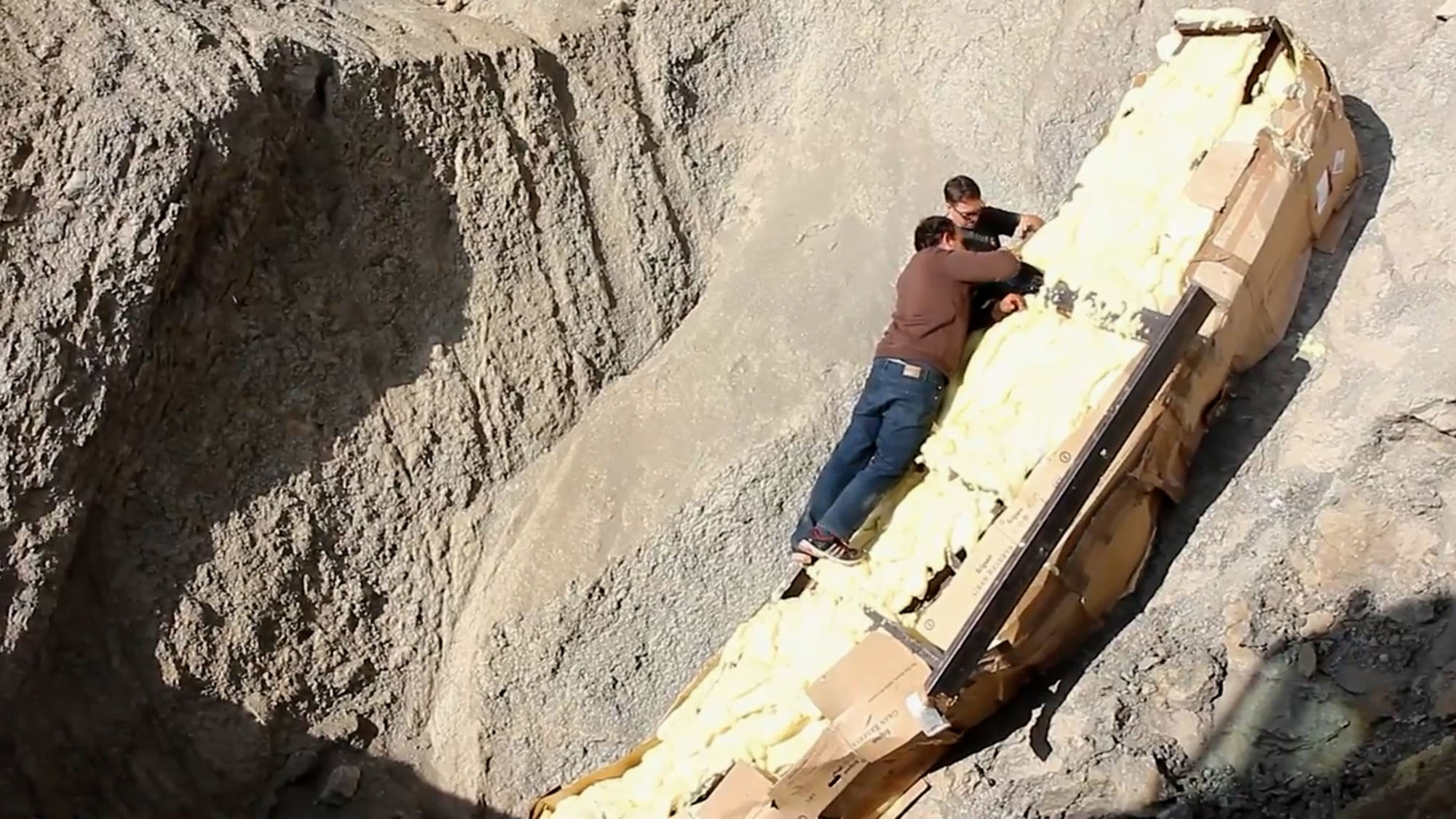
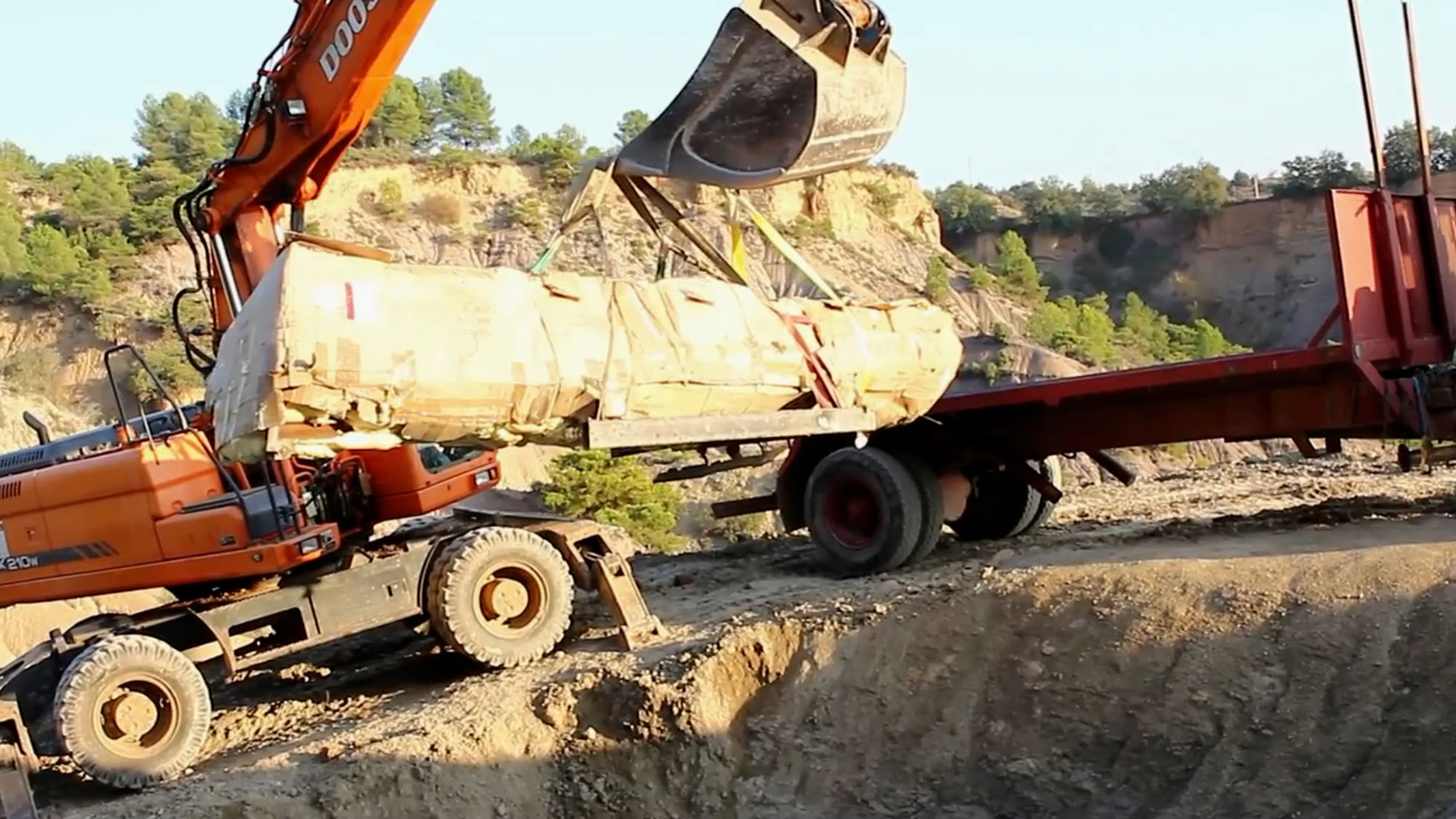
To find out more about the author, editor or agency that supplied this story – please click below.
Story By: Joseph Golder, Sub-Editor: William McGee, Agency: Newsflash
The Ananova page is created by and dedicated to professional, independent freelance journalists. It is a place for us to showcase our work. When our news is sold to our media partners, we will include the link here.




